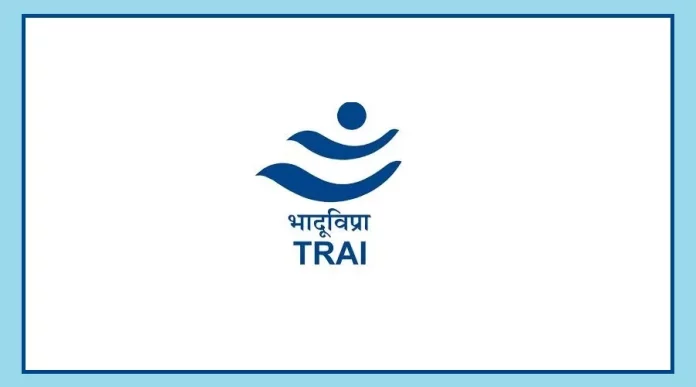We receive hundreds of messages on our phones daily—from banks, apps, and promotional offers.
Many of these messages contain fake links or fraudulent phone numbers, which make people easy targets for cyber fraud.
To stop this, companies will now be required to pre-register all variable fields in their SMS templates.
This includes links, app download URLs, and call-back numbers.
In simple words, before sending any SMS, companies must clearly mention which link or number will appear in the message and why it is being used.
Fake links often look genuine, and when people click on them, they face problems like bank detail theft, data hacking, or cyber fraud.
TRAI found that fraudsters misused the system by inserting fake links in the name of trusted companies, easily fooling the public.
What Will Change With the New Rule
Now, while creating SMS templates, companies will have to specify:
The exact links that will appear
The purpose of those links
All old SMS templates must be updated within 60 days. If not, those messages will automatically be blocked.
This will help mobile networks quickly identify whether a link is genuine or suspicious and stop harmful messages before they reach users.
How This Benefits the Public
These rules will greatly reduce fraudulent messages and increase trust in messages from banks, government departments, and verified companies. Phishing attacks on mobile phones will also drop.
Since cyber fraud cases are rising rapidly, this system was necessary for public safety.
Now every link and number in an SMS will be checked in advance, making messages safer and more reliable.
The government believes this step will bring relief to mobile users and make digital communication more transparent and secure.
